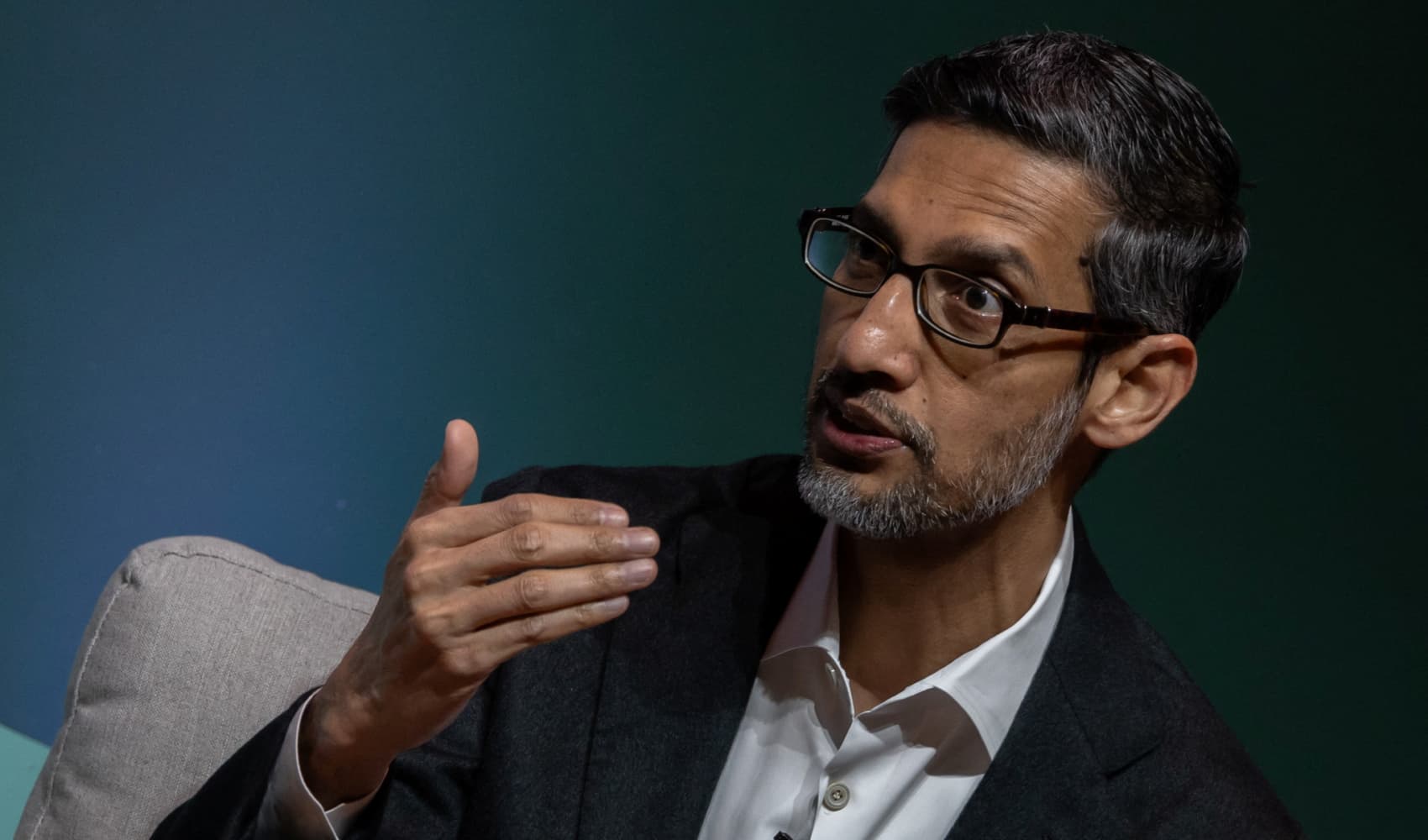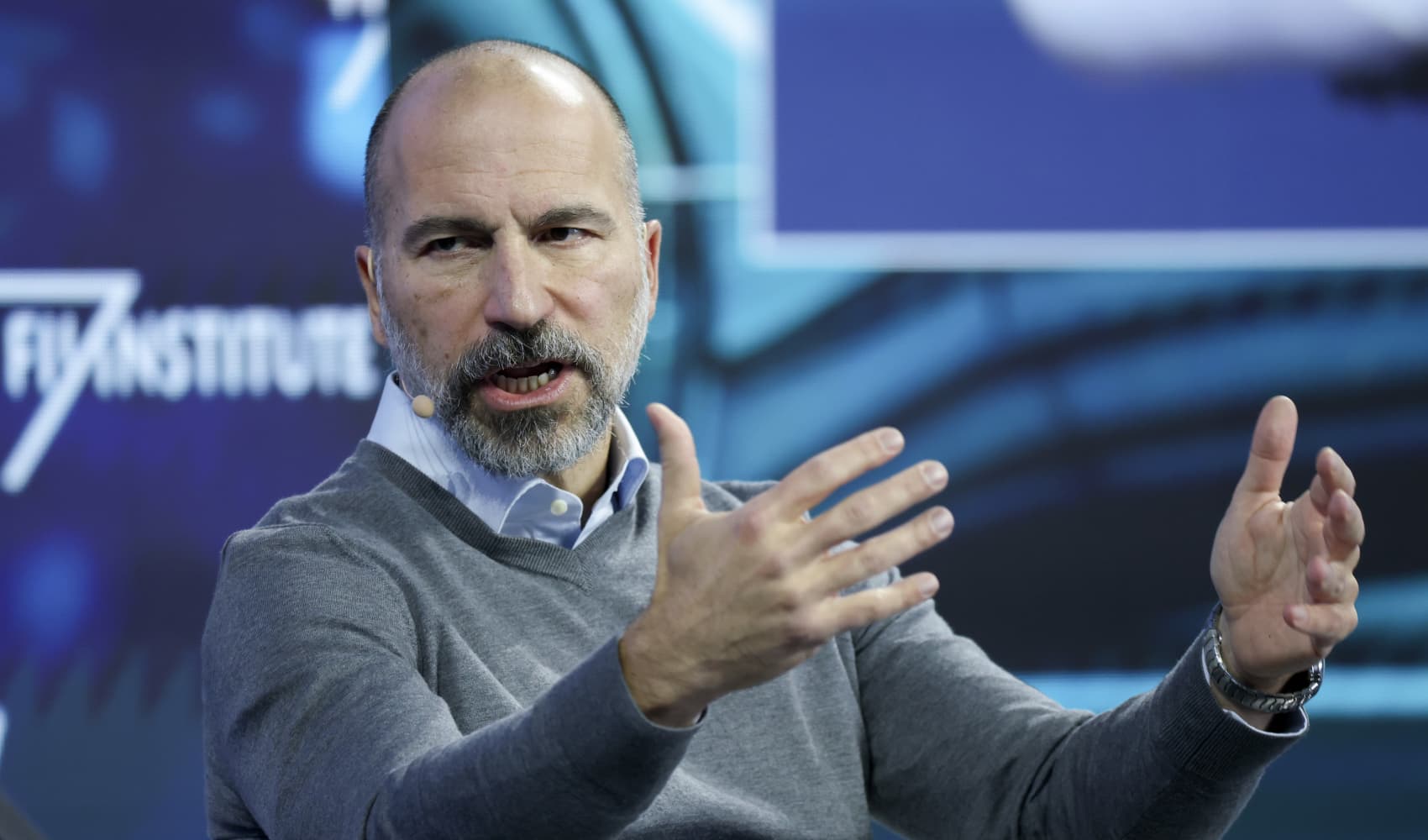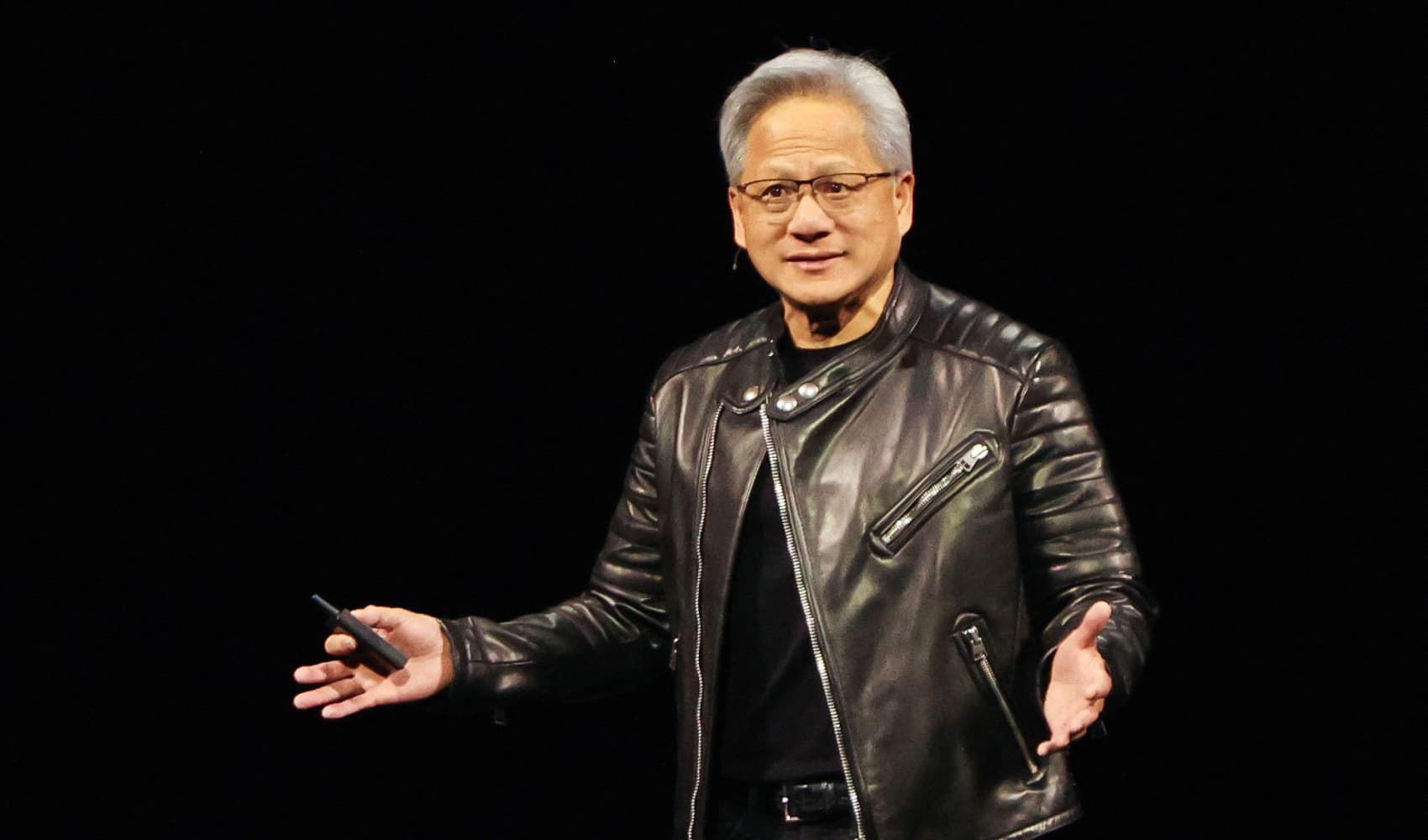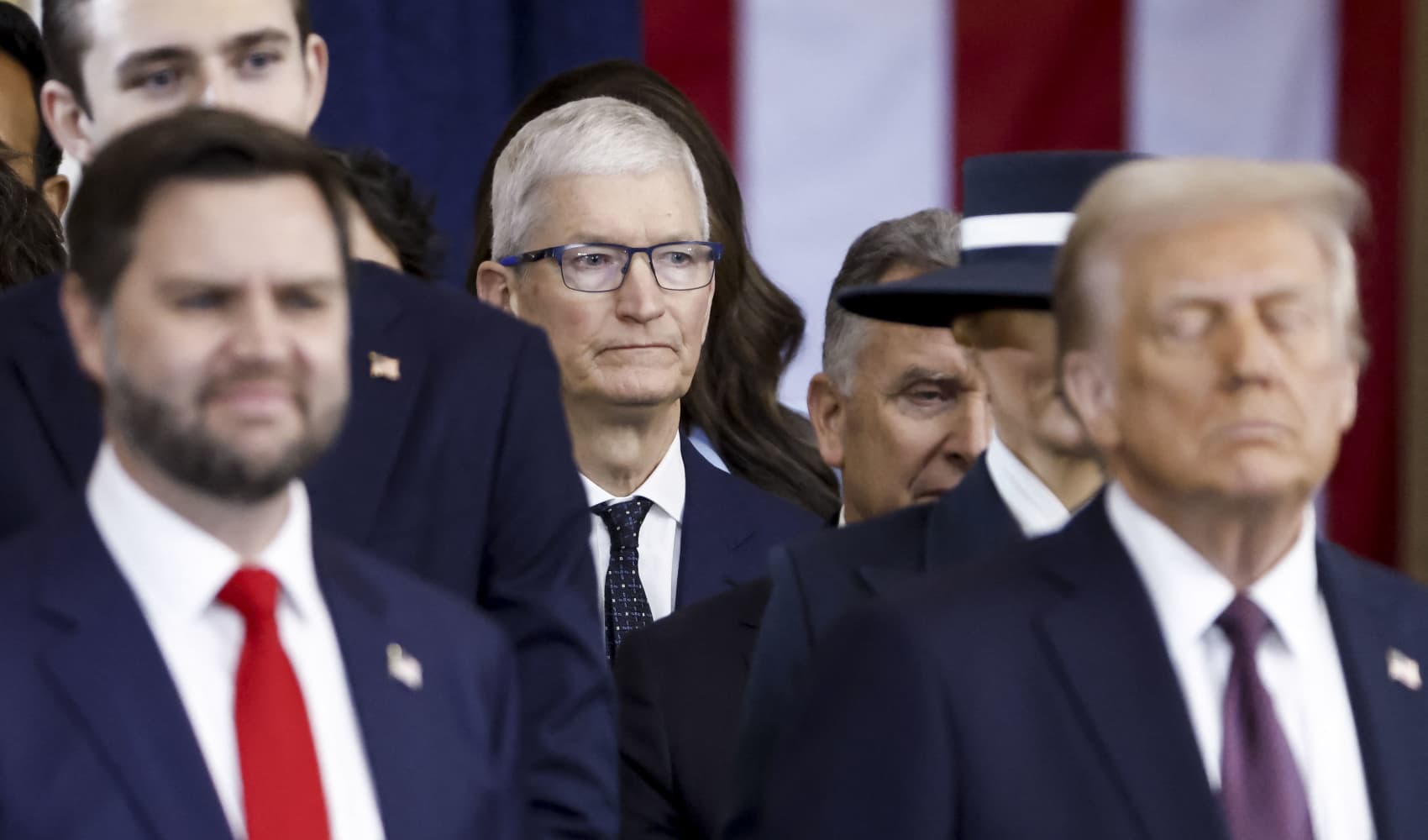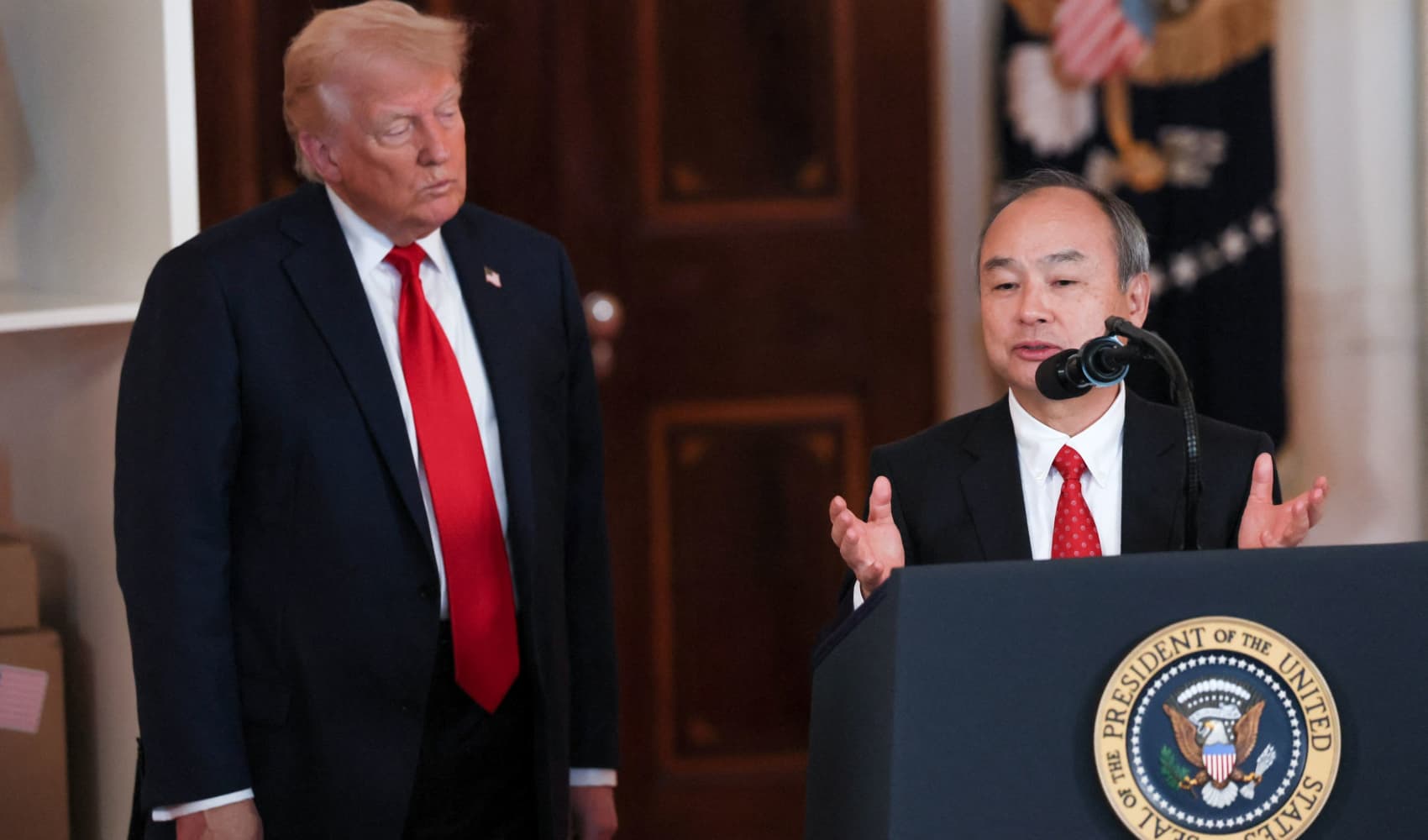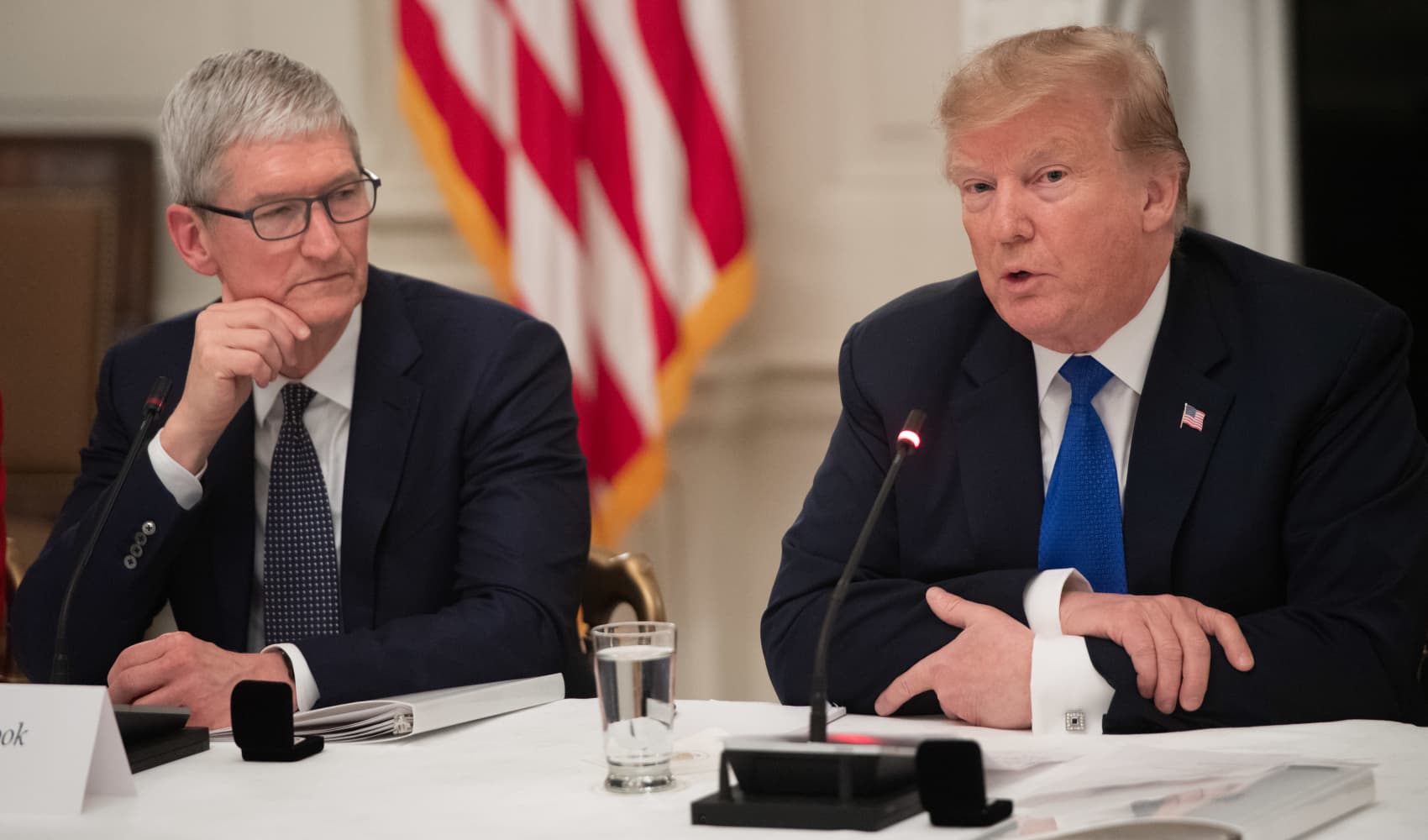Google's RTO Ultimatum: Return or Lose Your Job?!
Google's Hybrid Ultimatum: Back to the Office or Say Goodbye?
Introduction: The End of Google's Remote Work Era?
Remember the days when Google was synonymous with innovation, flexibility, and…unlimited snacks? Well, times are changing, and even tech giants aren't immune to the shifting tides. It seems the era of fully remote work at Google is facing a reckoning. Reports are surfacing that certain Google teams are demanding a return to the office three days a week, or risk losing their jobs. Is this the beginning of the end for remote work as we know it? Let's dive in.
The Return-to-Office Mandate: What's Really Happening?
Google is no longer tolerating fully remote positions for everyone, it seems. Several units within Google have notified remote workers that their jobs will be in jeopardy if they don’t show up at the office three days a week. This isn't just a gentle suggestion; it's a mandate with potentially severe consequences. What does this mean for Google employees who embraced the flexibility of remote work, especially those previously approved for it?
The Rationale Behind the Shift: Why Now?
Why the sudden change of heart? Google cites the importance of in-person collaboration. According to the company, in-person collaboration is “an important part of how we innovate and solve complex problems.” But is that the whole story? Is face-to-face interaction truly indispensable in the age of video conferencing and collaborative online tools, or is something else at play?
Cost-Cutting Measures: More Than Just Collaboration?
Downsizing and Streamlining
It's no secret that Google, like many tech companies, is looking to tighten its belt. The company has been downsizing various teams in an effort to streamline operations and prioritize spending on artificial intelligence and infrastructure. Could the return-to-office mandate be a subtle way to reduce headcount without explicitly laying people off? It's a question worth considering.
The AI Arms Race: A Shifting Focus
The tech world is currently consumed by the AI arms race, and Google is a major player. With massive investments poured into AI and infrastructure, something had to give. Are remote workers becoming collateral damage in this intense competition for AI dominance?
Employee Reactions: Disappointment and Uncertainty
Unsurprisingly, the news hasn't been met with universal enthusiasm. Many Google employees who have thrived in a remote environment are feeling disillusioned and anxious. Imagine building your life around the flexibility of remote work, only to have it snatched away. What impact will this have on morale and productivity?
The Impact on Work-Life Balance: A Step Backward?
Commuting Woes and Time Constraints
For many, remote work was a lifeline to a better work-life balance. Eliminating the daily commute freed up valuable time for family, hobbies, and personal well-being. Now, employees face the prospect of spending hours on the road (or train) each week, leading to increased stress and reduced personal time. Is this truly a step forward?
Childcare Challenges and Family Responsibilities
The hybrid work model may present significant challenges for parents, especially those with young children. Finding reliable and affordable childcare for three days a week can be difficult and expensive. How will Google support its employees in navigating these logistical hurdles?
The Future of Remote Work at Google: What's Next?
The current situation raises questions about the future of remote work at Google. Will the company become more rigid in its approach, or will it find a more nuanced solution that balances the benefits of in-person collaboration with the needs of its employees? Only time will tell.
The Broader Industry Trend: Is Remote Work on the Decline?
Following the Leaders: A Copycat Approach?
Google isn't alone in reevaluating its remote work policies. Other tech giants, like Amazon and Apple, have also implemented return-to-office mandates. Is this a sign that the remote work revolution is losing steam, or is it simply a recalibration in response to changing economic realities?
The Hybrid Model: The New Normal?
It seems the hybrid model – a combination of in-office and remote work – is emerging as the new normal for many companies. While offering some flexibility, it still requires employees to be physically present in the office for a portion of the week. Is this the best compromise, or does it represent a regression from the autonomy and flexibility of fully remote work?
The Long-Term Effects: Productivity, Morale, and Talent Retention
Productivity Concerns: Does In-Office Really Mean More Output?
One of the key arguments for returning to the office is increased productivity. But is this assumption based on solid evidence? Studies have shown that remote workers can be just as productive, if not more so, than their in-office counterparts. Is the emphasis on in-person collaboration truly about maximizing output, or is it about control and visibility?
Morale and Motivation: Keeping Employees Happy
Employee morale is crucial for maintaining a productive and engaged workforce. Forcing remote workers to return to the office against their will can lead to resentment, dissatisfaction, and decreased motivation. How can Google mitigate these negative consequences and ensure that its employees feel valued and supported?
Talent Retention: Attracting and Keeping the Best
In today's competitive job market, attracting and retaining top talent is essential. Remote work has become a highly sought-after perk, and companies that offer it have a significant advantage. By scaling back its remote work policies, Google risks losing valuable employees to companies that are more flexible and accommodating. Can Google afford to lose this competitive edge?
Alternative Solutions: A More Flexible Approach
Instead of a blanket return-to-office mandate, Google could explore alternative solutions that cater to the diverse needs of its workforce. This could include offering more flexible hybrid options, providing resources for remote workers, and fostering a culture of trust and autonomy. Why not focus on results rather than just physical presence?
Conclusion: Navigating the Future of Work
Google's decision to enforce a return-to-office mandate for some remote workers marks a significant shift in its approach to workplace flexibility. While the company cites the importance of in-person collaboration and cost-cutting measures, the move has raised concerns about work-life balance, employee morale, and talent retention. The key takeaway is that the future of work is still being defined, and companies need to find solutions that balance the needs of the business with the well-being of their employees. Will Google find the right balance? Only time will tell.
Frequently Asked Questions
- Why is Google asking remote workers to return to the office?
Google states it's prioritizing in-person collaboration for innovation and problem-solving, while also streamlining operations through cost-cutting measures.
- What happens if I don't comply with the return-to-office mandate?
According to reports, employees who refuse to return to the office three days a week risk losing their jobs, potentially as part of broader cost cuts.
- Does this affect all Google employees?
No, it appears to be affecting specific units and employees who were previously approved for fully remote work.
- What if my closest office is far away?
The mandate requires employees to report to the "closest office," suggesting some flexibility, but this might still involve a significant commute for some.
- What are Google's competitors doing about remote work?
Other tech companies, like Amazon and Apple, have also implemented return-to-office policies, suggesting a broader trend towards hybrid work models, although the specifics vary.
